Hello readers !
Been quite a while since our last post, but, as you will read later in this edition, we had a little, umm, shall we say, “setback” just after we flew out of Japan that very materially delayed getting our van back to North America – but more on that saga later in this post. As promised some time back, in this edition I’ll share the costs and processes involved in getting it home from Japan ( and elaborate on what went wrong ). This shipping update is provided ( based on our own experience in Japan ) primarily for the benefit of those following our blog or IG updates, and who are contemplating adding Japan/Korea to their overlanding travels. It is very much focused on the Japan side of the journey, which had a bit more complexity; the US side was super fast, easy and very cheap. Next week I will share a full update on the driving experience across the USA and back home to Kelowna, thus going “full circle” as it were, over the past ( almost ) two years of our time on the road.
For those who have emailed, WhatsApp’d, or Messenger’d us with questions ( or who’ve just been following with interest ), here’s the shipping summary based on our experience. It’s pretty dry, technical stuff so if you are a regular blog reader following our general travel experiences in Japan, this post is a definite pass ( you’ve been warned ) ! If that is not you, but you’re just curious about our “setback”, skip down to “So, What Went Wrong ?”.
Arrival in Japan from Korea:
Since we did not arrive in Japan on a RoRo ship ( we came by ferry, from Korea ), I can’t really speak to the process or port costs exactly. I can share that an Australian couple we met ( @rightfoottravel ) shipped a Landcruiser in to Japan ( Yokohama ) in a container and their port charges/customs fees etc ran to $950 USD. RoRo might be a tad less as a vehicle shipped via RoRo does not need to be unpacked but it’s probably a fair guide. For the record, arriving by ferry from Korea was a bit slow in terms of processing ( we spent all day at the port ) but it was very cheap; our “all in” fees for customs, Carnet review by JAF, and the security deposit came to about $150USD ( and the security “deposit” is not a deposit – you don’t get it back – it’s a fee, plain and simple). The ferry was very reasonably priced as well ( around $500USD, for the van, 2 people and private cabin with shower/toilet ), and very comfortable – I’d highly recommend it for anyone considering that route to Japan. We used Camellia Line and our very helpful contact in Japan who handled everything was Jae ( speaks English, Japanese and Korean ) : j.gwak@camellia-line.co.jp
Background To Shipping Out of Japan:
A constant over the last few weeks of our time in Japan was regular communication with our shipping agent agent, Hollis Humphreys – it’s par for the course when one is at this stage of any overland journey. Without question, getting the shipping piece completed on time, on budget, and without damage or loss is one of the big challenges of overlanding. It stresses overlanders out more than anything else. The challenge was further complicated on this route because all shippers were advising that the vehicle had to travel with no inside cargo. See our previous blog for details on how that complicated our life and added considerable expense for us. On no other shipping route have we ever had to do that, and hopefully we won’t have to again. Having said that we are now hearing that other overlanders are being told ( or at least strongly advised) to do this on some other international routes ( in Japan, it seems to be a rule, not just advice ! ).
Meeting Hollis in Tokyo, in person, was a nice touch – so often one never meets the shipping agent in person in this business. Just the day before, Hollis confirmed that we in fact now had “space” – the “green light” we’d anxiously awaited. I don’t think we have ever been as relieved to get such a confirmation – we were, in fact, braced for the possibility that we’d be flying out of Japan with the van in storage and still on a shipping wait list so it was heaven not to have to contend with that. When the news was looking especially bleak a couple of weeks back, we‘d actually seriously explored ferrying back to Korea in the hope of getting a firm booking out from there. Fortunately we did not have to go that route- while they had space out of Korea it came at a price we were not willing to pay ( well over double the rates on offer out of Japan ). Shipping can be like that, prices being extremely sensitive to supply and demand on particular routes.
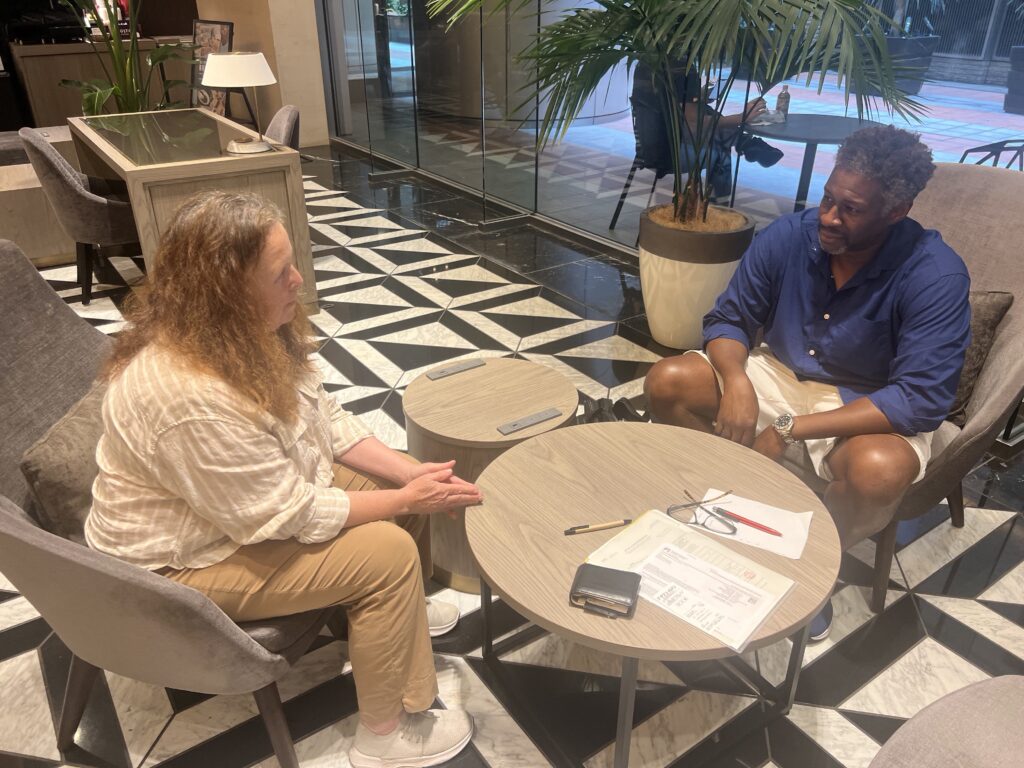
Choosing A Shipping Agent:
in some respects shipping out of Japan is much like elsewhere in the world and other respects quite different. We found Hollis’ name through another overlanding contact and reached out initially many months before coming to Japan with preliminary inquiries. It’s important to get someone familiar with RoRo shipping vs regular container shipping. They are different beasts – one agent we spoke to simply said they just “don’t do” RoRo. We did speak to others initially to get quotes and assess service levels – we chose Hollis for a few reasons:
a) Native English speaker, a huge benefit when you are discussing the intricacies of shipping minutiae
b) Had 22 years experience in Japan, fluent in Japanese, and communication was generally timely
c) Was also able to broker our vehicle insurance needs and arranged our vehicle coverage through a large and reputable Japanese insurer.
d) Knowing we had shipped 3 times before, he was able to carefully explain how and where it was different in Japan. We could have easily made some incorrect assumptions without his insights
Key Differences Between Japan And Other Places We Have Shipped From:
a) Given current demand for RoRo space everything is “last minute” here right now. We are assured that is NOT normal but it’s certainly been our normal! In this environment one must be VERY organized and prepared to move at short notice. Nowhere else in the world have we experienced this. Hopefully we won’t anywhere in future.
b) We did not technically drop our vehicle at the “port” but rather a private yard nearby, awaiting later delivery to the port. Not sure if this process is specific to this port, this shipping line, our agent, or just as a result of capacity limitations at this time. It was new to us, we’ve always driven our vehicles directly on to the actual wharf.
c) As a result of the above, there was no customs inspection while we were present, nor did the shipping line inspect it at that point. That would come later. When leaving Argentina, the USA, Australia and Korea we delivered our vehicle directly to the actual port. In both Argentina and Korea the customs inspection on departure was done while we were there; no such departure inspection was done in Australia ( but they sure got us coming in ! ), nor in the US. It was due to this uncertainly that we decided to bite the bullet, absorb the considerable mailing costs and ship it empty. We are glad we did.
d) Regarding documents, this was mostly very similar to elsewhere – proof of vehicle ownership, Carnet copies, passport copies etc were required to be emailed in to secure the booking with delivery of original Carnet as we dropped the vehicle off. This last part was very different to other ports/countries where I took the Carnet to customs myself to have it stamped and then got it back to take with me. In Japan, your Carnet is left with the shipping agent ( Hollis ) who gets it stamped ONLY after customs have confirmation the vessel has sailed and your vehicle is on it. Not a process I love and of course we will now have to have the Carnet couriered to us in Canada. I need it back so I can have it closed out and get my deposit back.
e) Marine Insurance – Hollis acknowledged that his providers were not very competitive in this critical field so encouraged us to shop elsewhere. His sources charged 1.5% of vehicle value, which is very high. We went straight back to Stewart Insurance ( Michael, or Sam ) in Melbourne who insured us from Australia to Korea and they were happy to insure our passage onwards from Japan. It worked out to about 0.65% of vehicle value and they were as fast and efficient as before. Highly recommended, this time they used Chubb International vs Zurich International last time.
Getting To Port:
Google Maps got us to Yokohama port without issue, it’s all pretty organized there. In our experience, due to lack of port space they won’t want your vehicle too early, so be prepared to drop it at a “yard”. Seems to be the way in Yokohama.
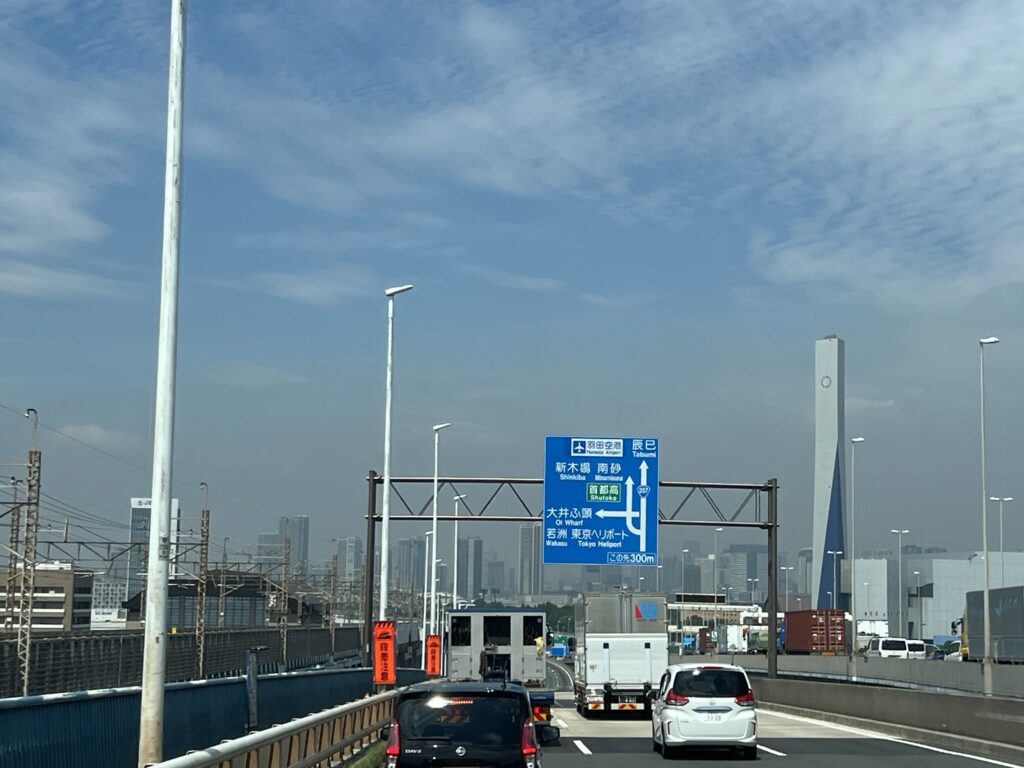
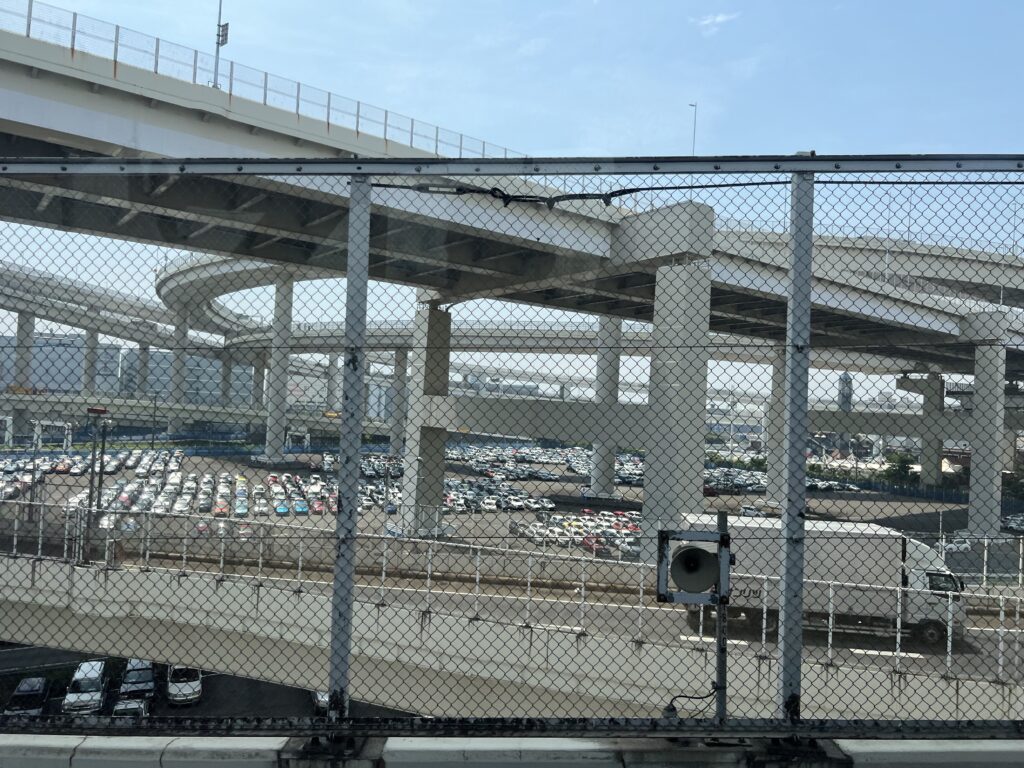
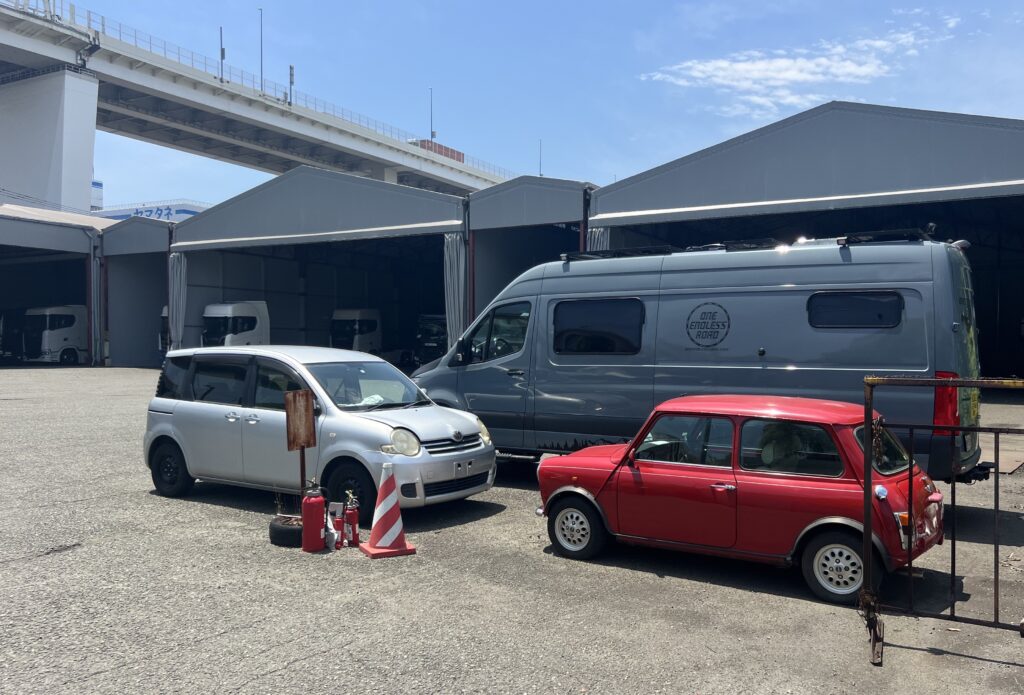
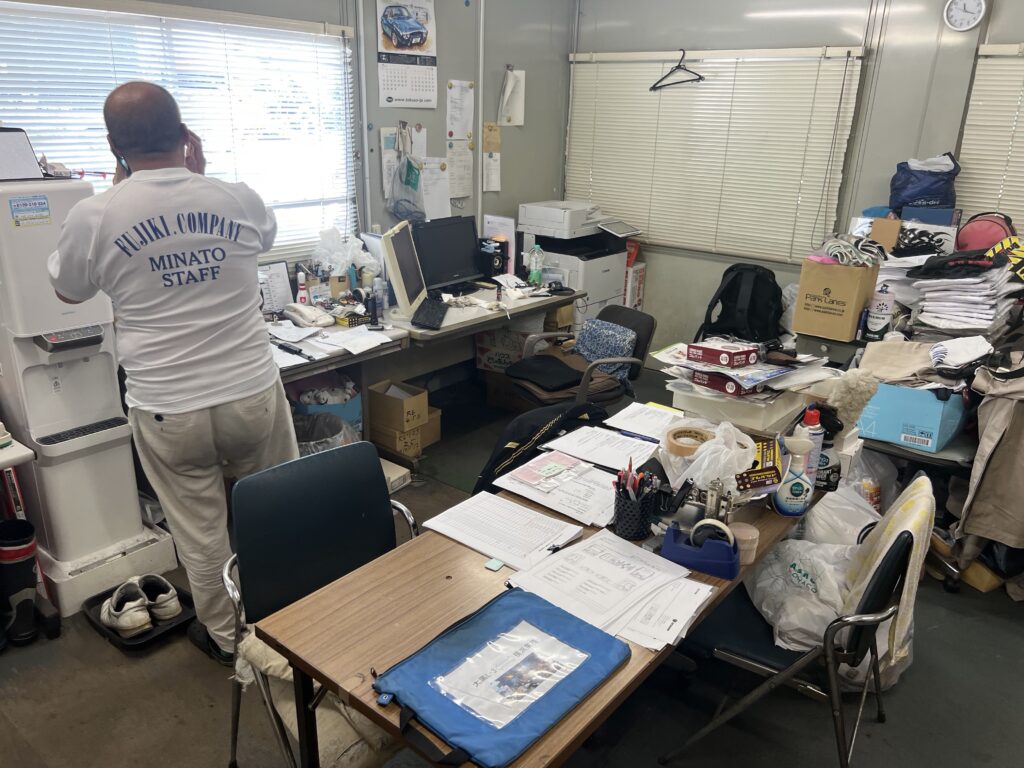
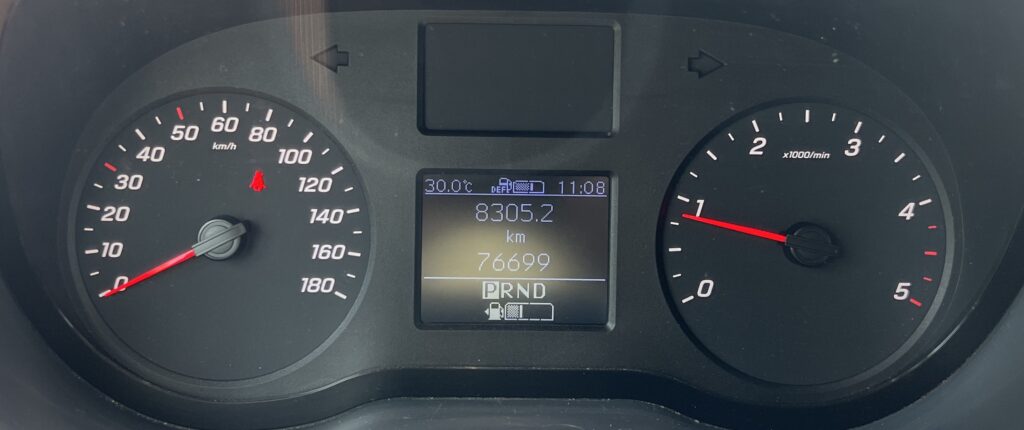
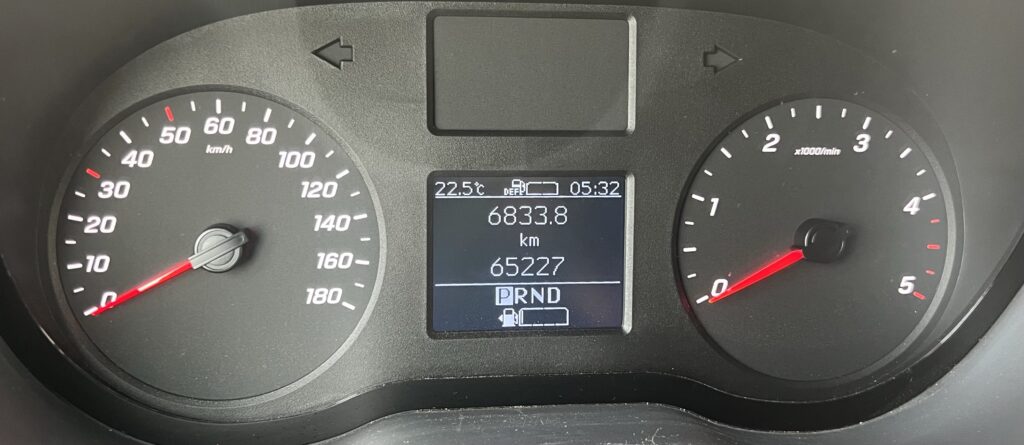
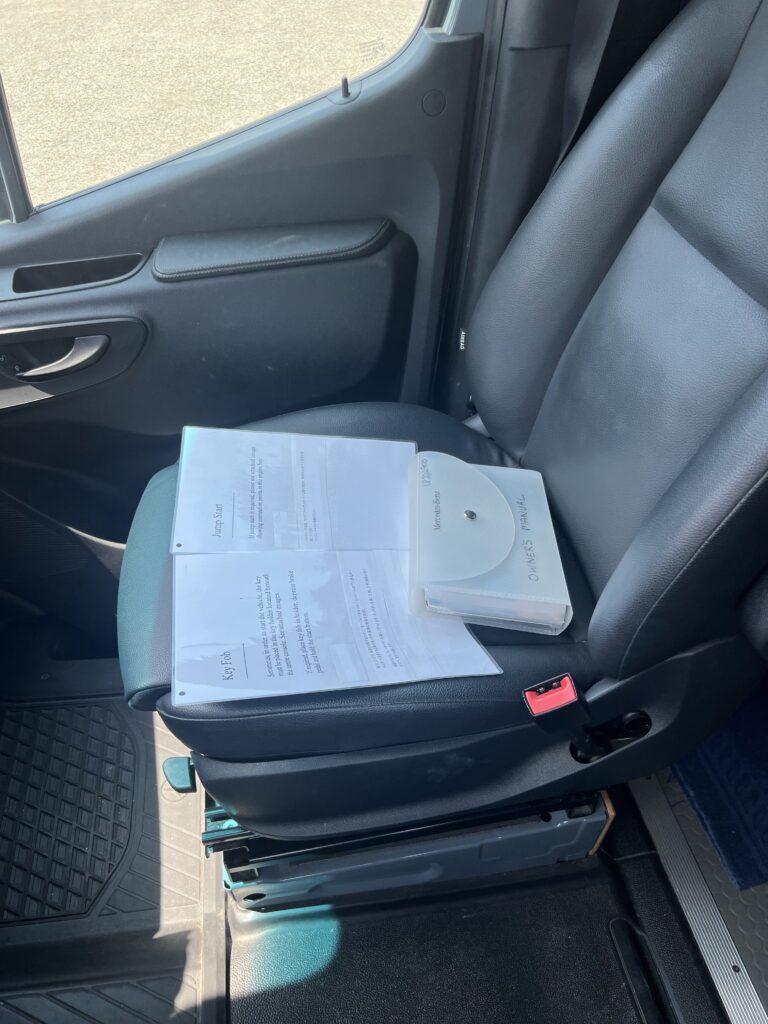
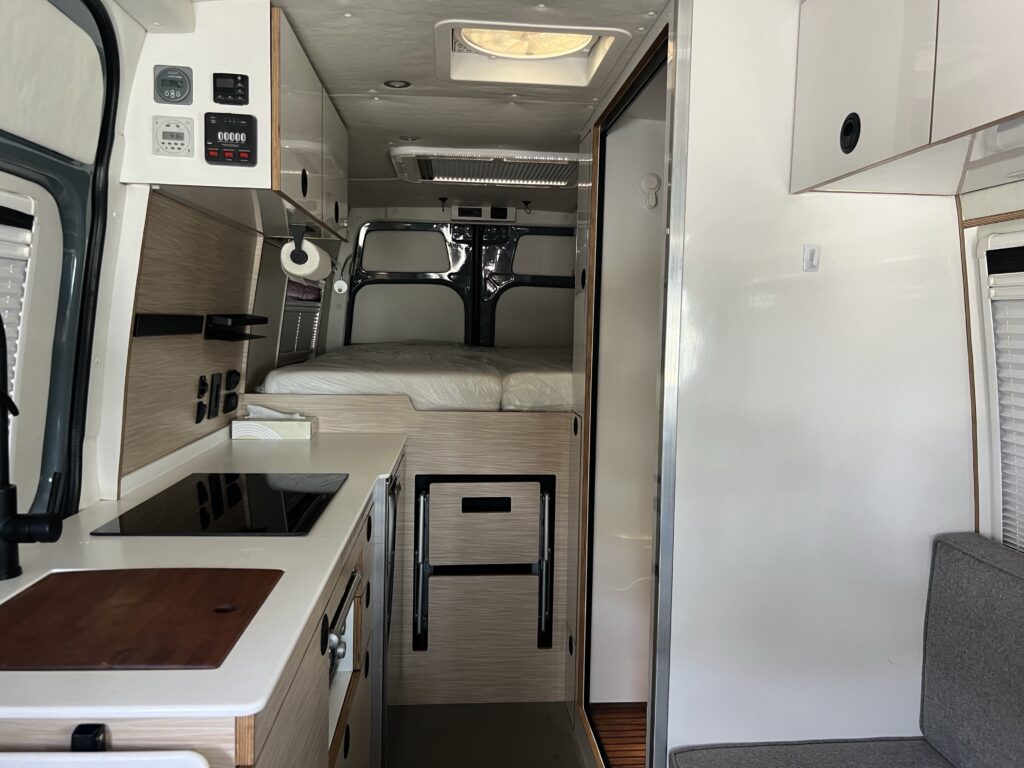
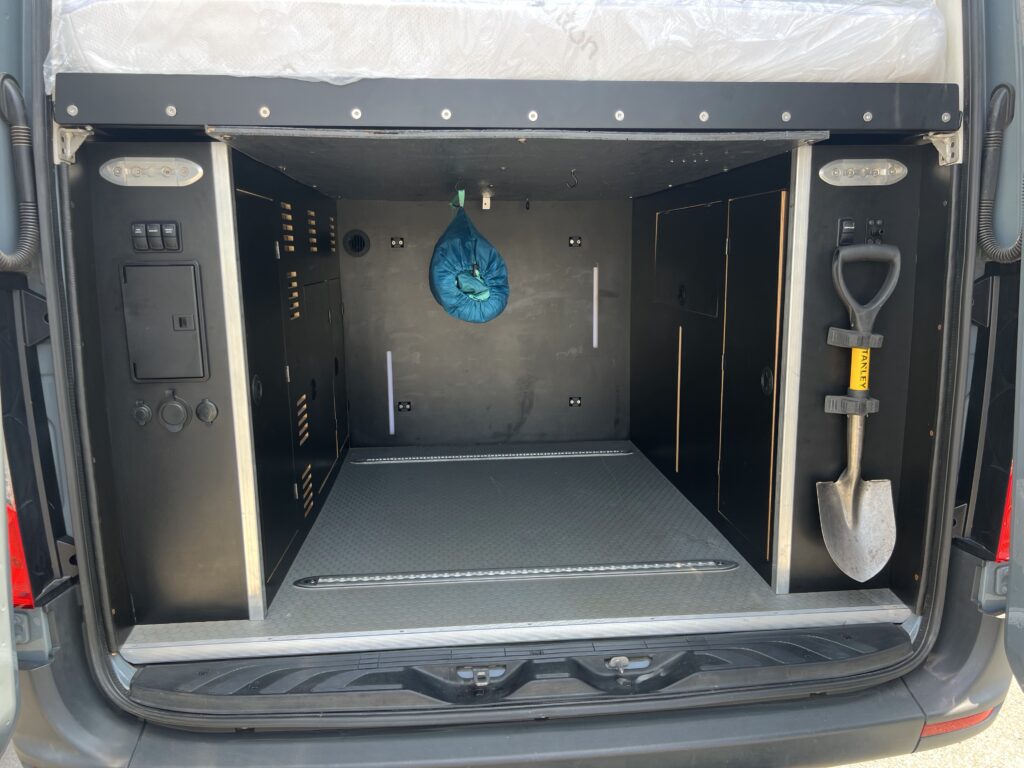
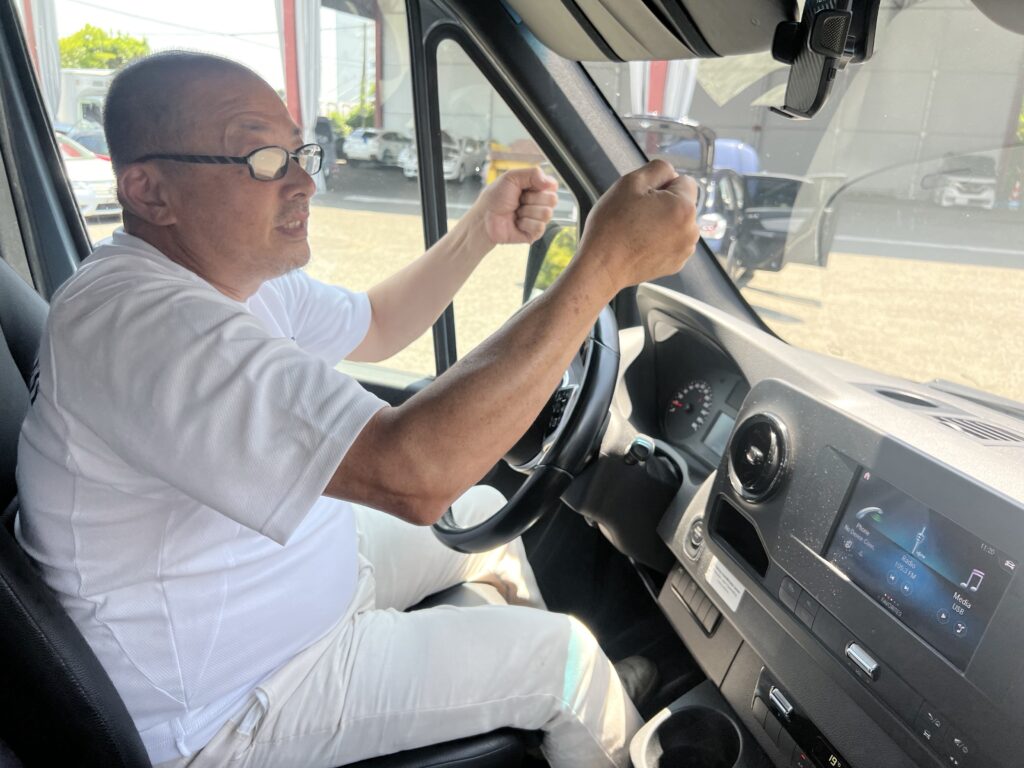
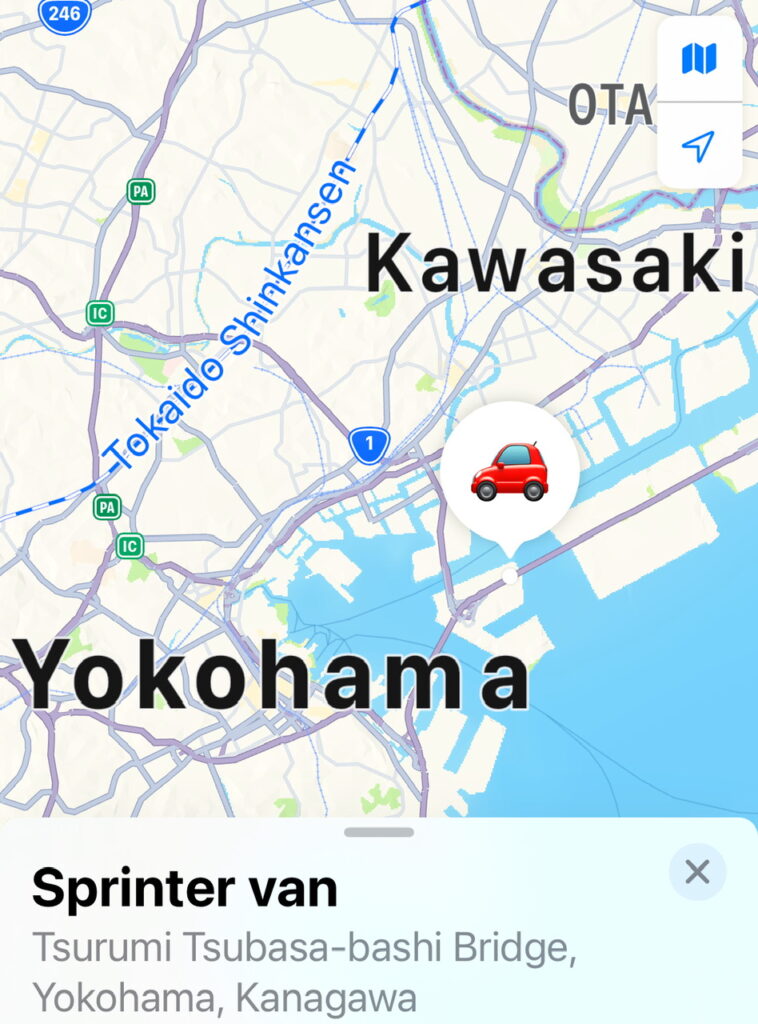
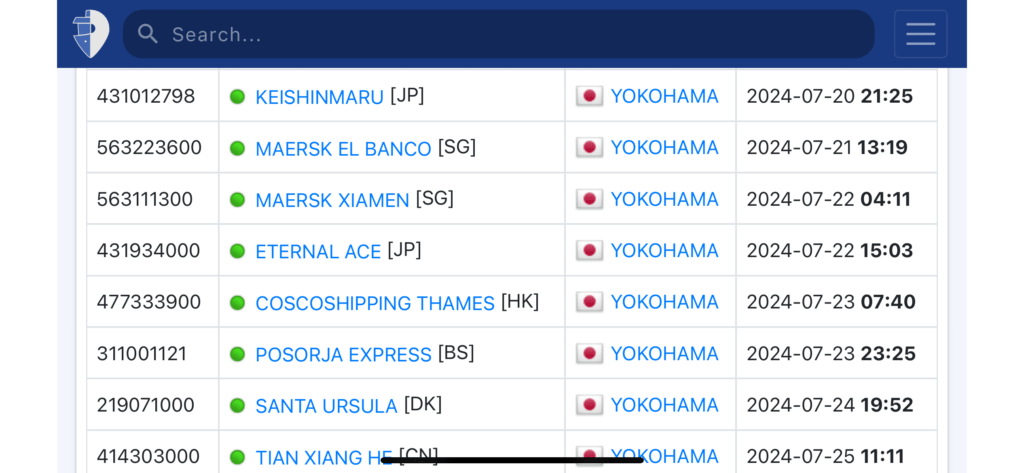
Payment/Bill of Lading Etc:
As with every other international shipment we have done, payment is made only once the ship is at sea. Hollis accepts credit card ( but with a 3.75% fee ! ) making the transfer of funds easy if you don’t want to send a wire. It was better value just to wire funds, which we did. We had a booking confirmation number and got the BOL before the ship sailed. The shipping quote had already been agreed on at ¥760,000 ( all in ), or just a hair over $5,000 USD (and we are a 42cbm vehicle).
So, What Went Wrong ?:
While we left Japan ( to fly home ) feeling pretty pumped and that everything was under control, things soon went VERY pear shaped. We’d not been home a week when Hollis called to say that our van had been “bumped” off the ship ( the “Eternal Ace”, which was a 15 day direct sail to Vancouver – the best possible sailing for us ). Seems Hollis had submitted our height as 2.59 meters, not the 2.95m I had originally supplied, and when it got to the port for measurement they said there was no space in the higher section. It gets worse – sailings to Vancouver ( and the West coast in general ) were heavily booked as major shipping clients were all booking up space to the West Coast ahead of a potential US East Coast port strike that was coming. We had no hope of getting on another sailing to the West coast which is why we ( very reluctantly ) accepted Baltimore ( near New York ). The “Marguerite Ace”, our new ship, wasn’t scheduled to leave for another 25 days and given the much longer passage to the East coast it meant that we would now not see our van till early October ( as opposed to mid August ). And now I would have an almost 5,000km drive back to Kelowna, versus 400km if we’d shipped direct to Vancouver ! All because the height was incorrectly recorded by the shipping agent. We were, quite literally “not happy campers !”. But, what do you do……?
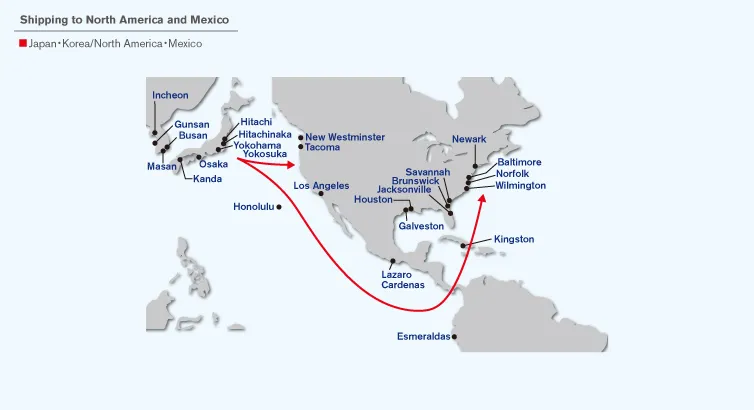
Alas, despite typhoons in Japan that slowed it down for 5 days, and a 3 day port strike that started just before our ship was to dock in Baltimore, we did finally manage to pick it up on October 8. I will add that, just like before ( when we shipped a truck camper from Argentina to Brunswick, Georgia ), the US port process is VERY efficient. I flew into Baltimore airport, arriving at 8.00 am and was driving out of the port in the early afternoon….same day ! Our shipping agent in the US ( the same one we used when we shipped the truck camper ) was super efficient, and very reasonably priced. We had our Carnet handy but did not need to use it to clear customs. The total costs paid at the US end were:
Arrival notification – $50.00
Port fees – $98.00
Port escort – $62.50
Agents fee – $125.00
Customs fee (1) – $12.00
Total: $347.50 ( very similar to what we paid in Brunswick in 2022, and very cheap compared to other countries)
(1) Customs is at BWI airport and provide the port release – you need it to get your vehicle. Fast and efficient.
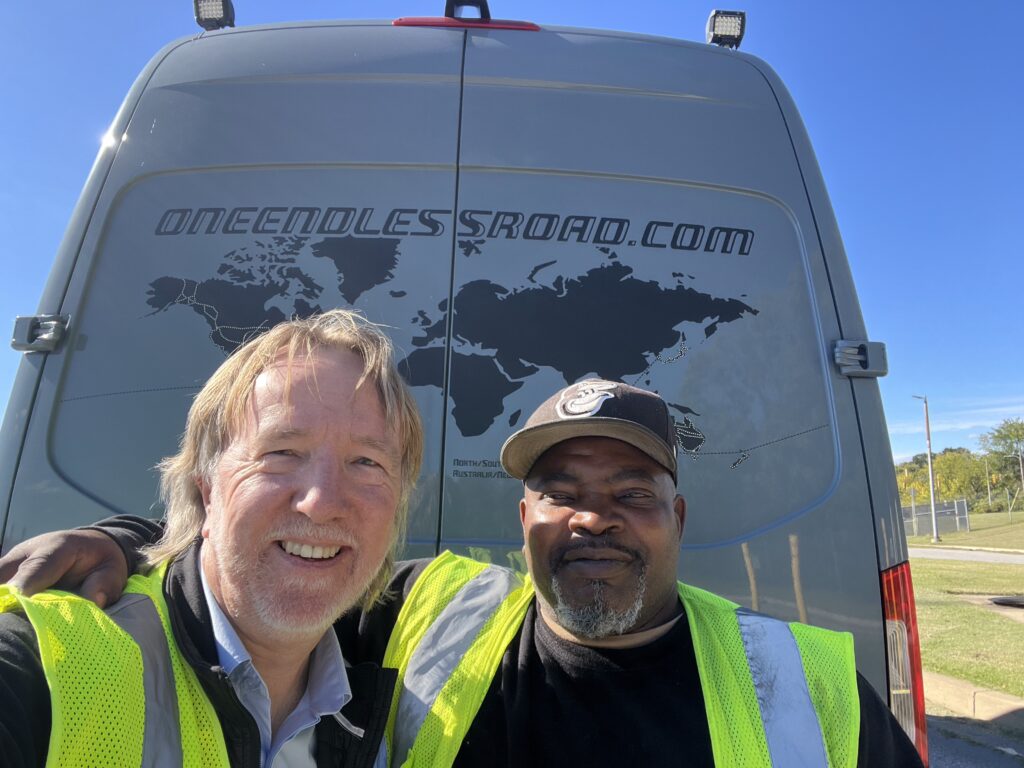
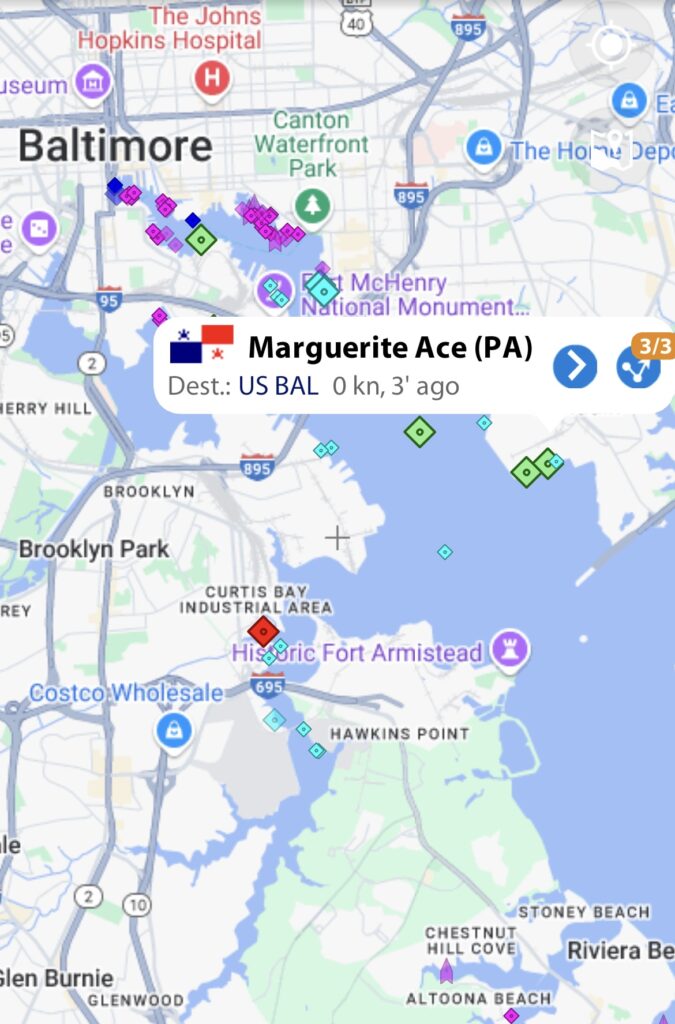
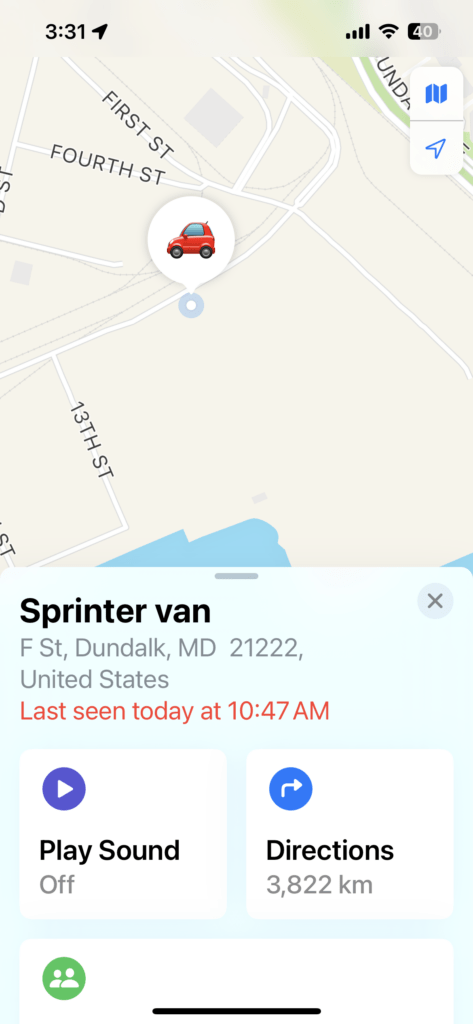
So, despite the long wait ( I picked it up at the port almost 7 weeks later than expected ) it was a huge relief just to get our van back safe and sound. There was some good news in another respect, as well. Readers will remember the frantic packing of 6 huge cardboard boxes containing all our “inner cargo” in the days preceding our flights home from Japan. Japan Post had advised that they may take 8 weeks – happily, they all arrived, over 2 different days, undamaged and delivered right to our door less than 6 weeks after they were sent. Some pretty valuable stuff in the boxes so that was also a huge relief. The cost of sea mailing all the boxes was around $500 CDN ( $370USD ) and when you consider that the deductible/excess on any marine insurance claim is usually $750-$1,000 USD ( and there most surely would have been some theft based on past experience ) we felt it was not a bad deal cost-wise ( just more of a headache to do it all ). Vehicle damage is rare, contents theft is sadly common.
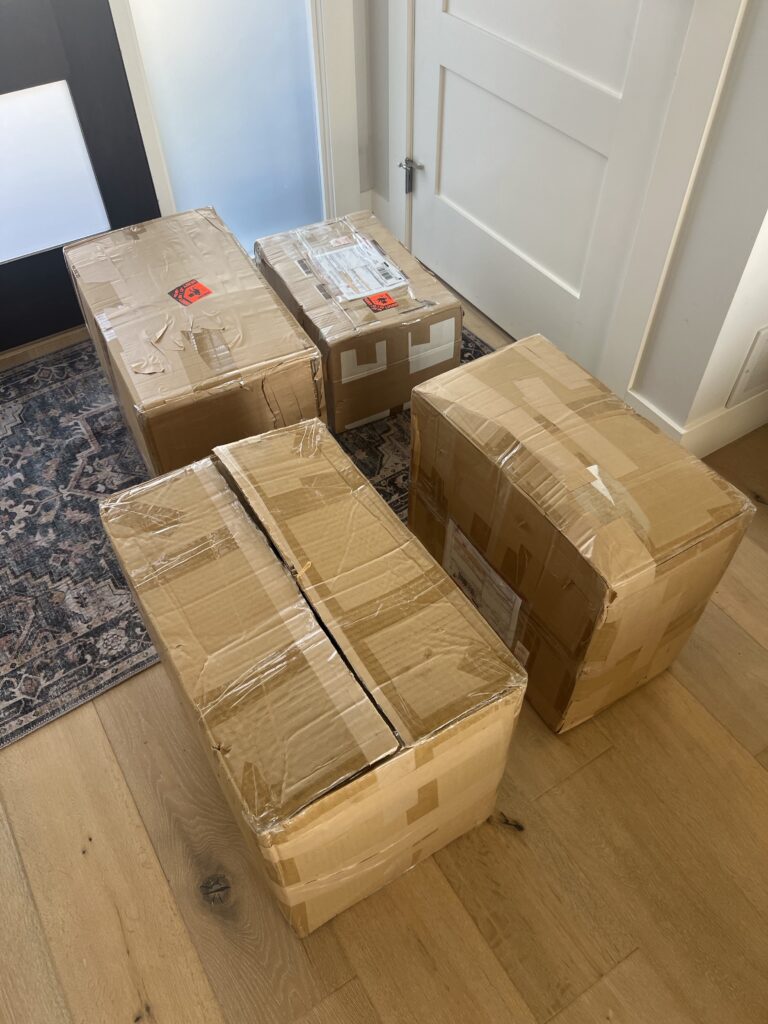
I hope potential future overlanders to North East Asia find this of some value – I know that similar information supplied to me by those who came before us helped immensely with our decision to ship our vehicle to/from the region and travel extensively in Korea and Japan. We absolutely loved the experience, and we’d be happy to answer any questions readers may have ( happy to do a little “payback” in this regard ). Next week I’ll document the final drive home to Kelowna – stay tuned !

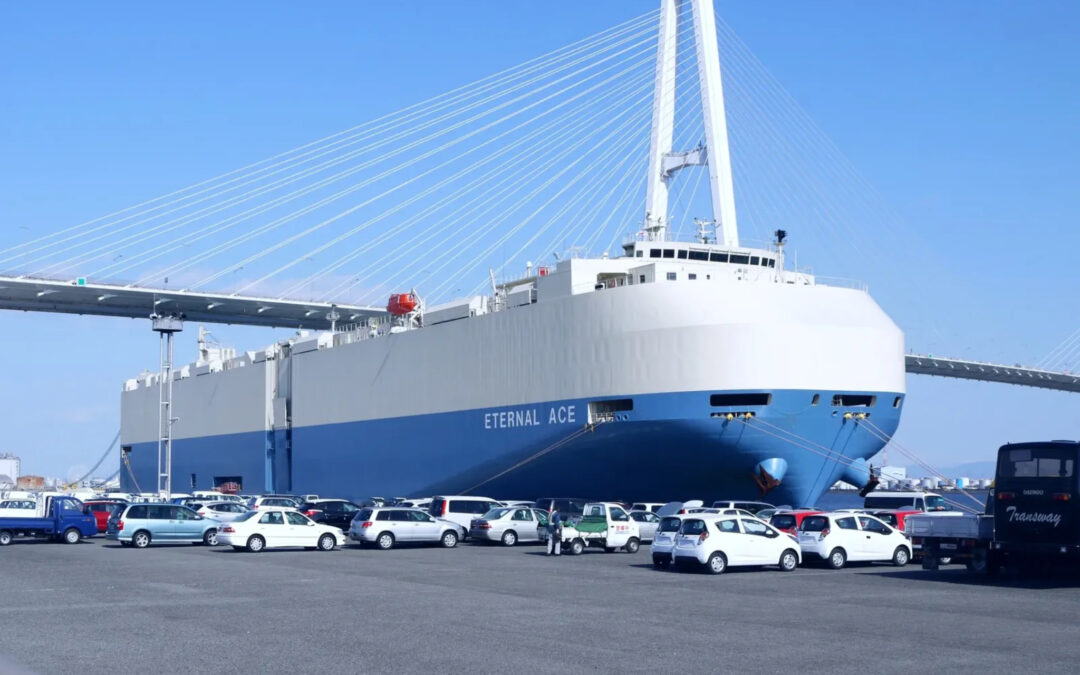

Welcome back and I had wondered where you were.
We have a little Westfalia VW van and we have not even taken it across Canada yet. Your travel account shall be an inspiration to enlarge our travel radius.
Hello Hans !!
Westfalia’s are awesome, and yes, you should get out and make more use of it ! A great rig and an especially nice size unit for shipping to Korea and Japan 😊😊. Let’s connect for a coffee while I’m back ( bit late for tennis ? ).
What an ordeal!
To say the least, my friend – to say the least !!! But, that great feeling (which washes over you when you see it intact at port) does help a bit lol !
I had wondered what had happened when I didn’t see any posts. Glad everything worked out in spite of the hiccups. Thank you for sharing.
Hi Genevive,
Yes, it eventually got here, thankfully 🙏. Was very relieved to see it in Baltimore.
I’m glad you got it home safely hope you had a great time. I’m in England visiting family and unfortunately Gail is in hospital till Monday but all is good hopefully we’ll meet again in the near future.
Thanks Phil. Yes, it was a relief to drive it off the dock, certainly.
Sorry to hear about Gail, I hope she recovers soon. Hopefully nothing too serious?
We will soon be making new travel plans, so yes, who knows, we just might cross paths in some far flung corner of the globe !
Wow, an adventure that was for sure
Glad you and your beloved home have been reunited
Warm Regards
Darrel and Adrian
Hi guys,
So very nice to hear from you both- you must surely have that new rig by now ( pics ) ? I am not kidding when I say that, just this a.m. Lois and I were recounting favourite places in Oz and ( no surprise to you ) Nambucca Heads was right near the top. We’d love to go back !
Welcome back, glad it all worked out in the end.
Regards, Leo and Maria
Thanks guys, always nice to be home 😊
Hey Jeff,
thank you so much for sharing all these informations.
We are still in Australia and we are having a great time here. At the moment we are at the Wharton Beach next to Esperance. One of the nicest beaches in Australia.
In May 2025 we will start the shipping to South Korea. We will keep you informed.
Best regards
Uwe & Silke
So nice to hear from you, Uwe and Silke. You were definitely one of the groups I knew would appreciate the shipping details. Wharton ( and Lucky Bay ) were two of the nicest beaches we saw in Oz as well – beautiful spot indeed !
I’ll WhatsApp you soon. Cheers,
Jeff / Lois
Wow, you are definitely the experienced overlander traveller Jeff! I see you lost some hair over the ordeal….ha, ha!!! Glad everything worked out for you.
Hi Barb,
Nice to hear from you ( hi to team in Vernon ) ! Well, with the shipping detour we did a little more travelling than expected (with the long drive home)! Re hair – yes, time to get respectable again lol !!! Cheers, Jeff